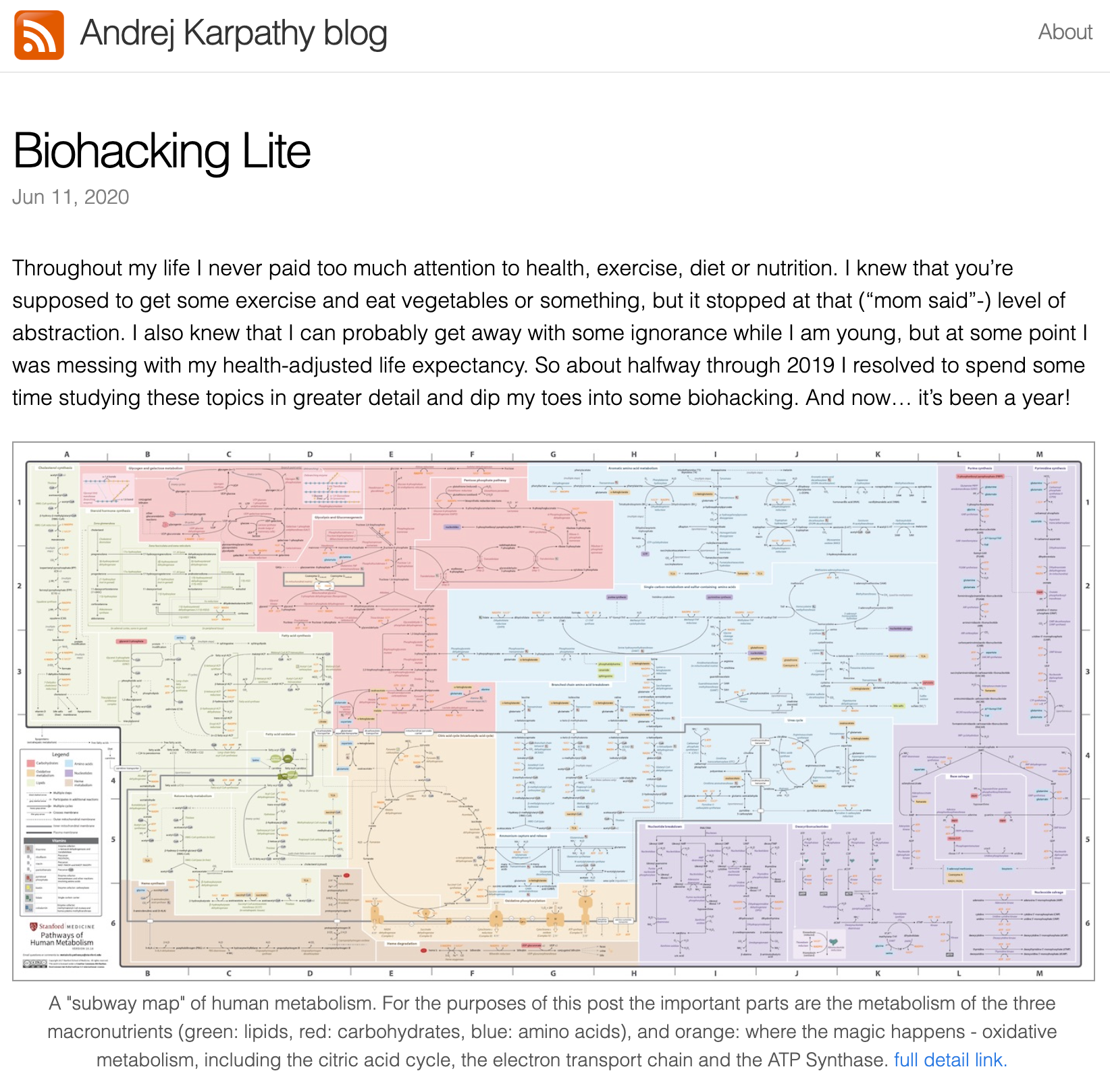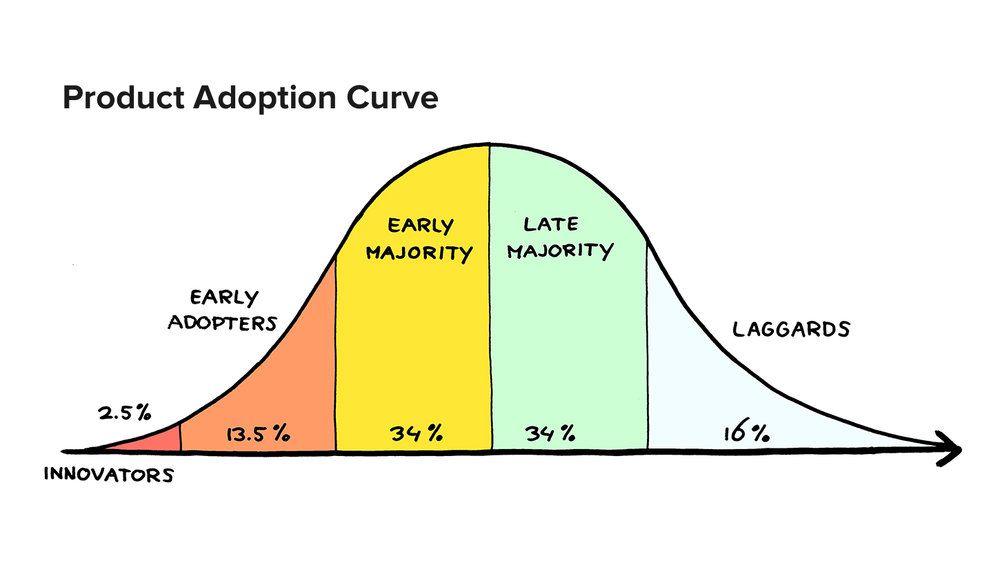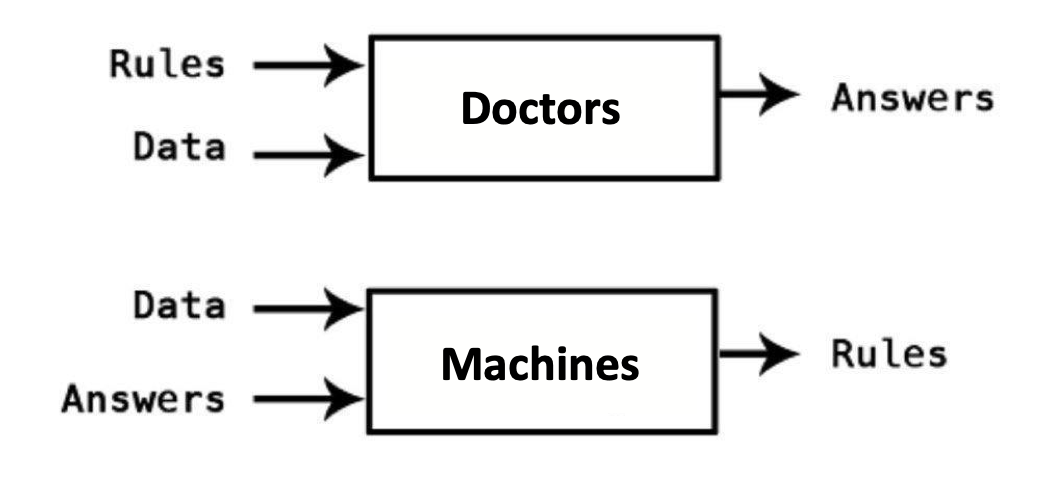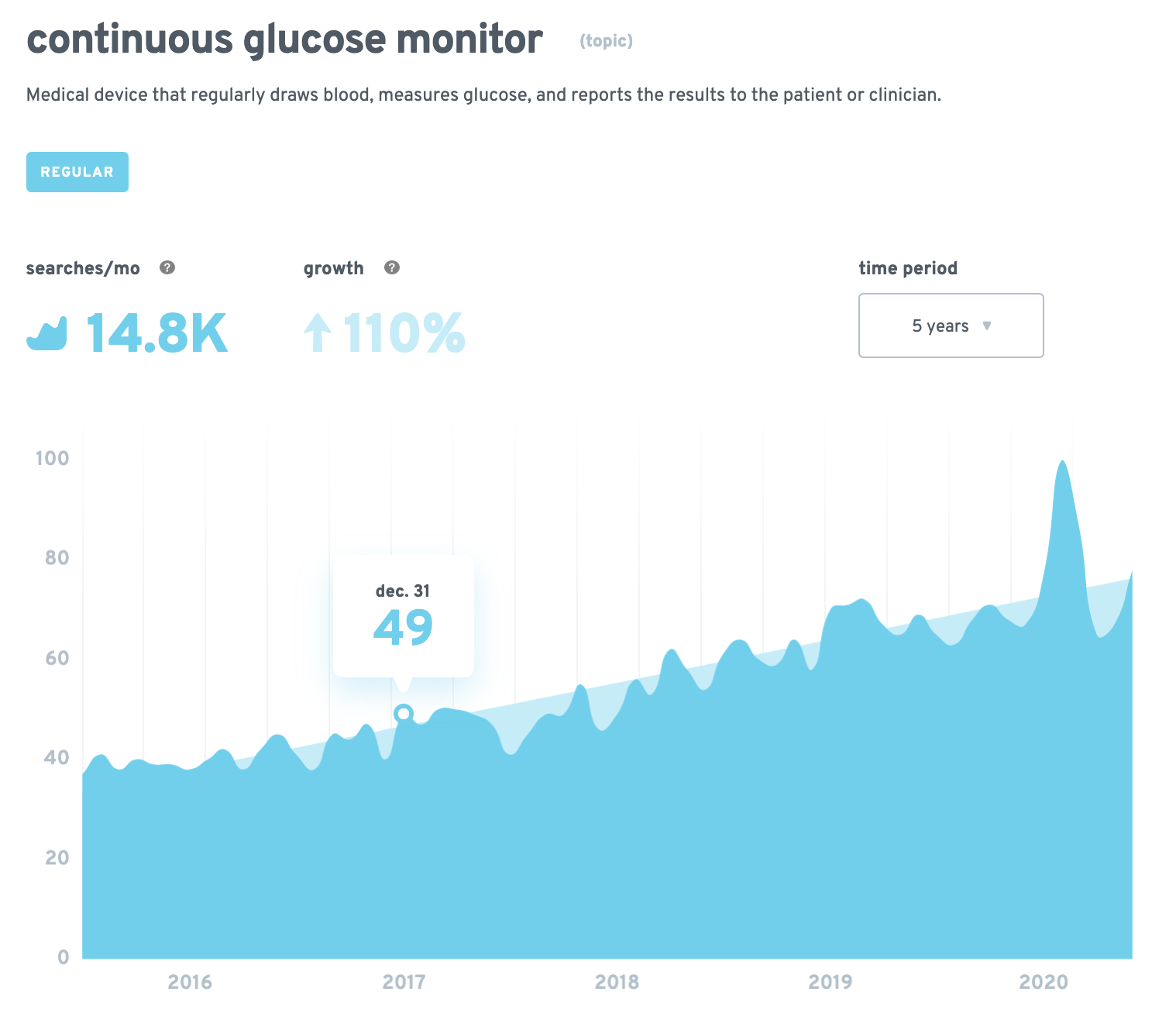On Maintenance and Machine Learning
My car owner’s manual lists forty-one possible dashboard lights. Nineteen of those lights describe details about my engine. Eleven tell me about my mileage. Six discuss the various things that might be wrong with my tires. Four tell me about my fuel. Finally, there’s a big number smack-dab in the middle that tells me how fast I’m going.
Isn’t it odd that I have so many ways to monitor a hunk of metal and glass, but almost none to monitor myself?
Sure, there are a few. Sleep is the big one. I usually get seven or eight hours. Eating? Yes. Bloodwork, gut digestion, brain activity? Your guess is as good as mine.
Try telling your car mechanic that you haven’t changed your oil in 10,000 miles and watch their head explode. Ask the same mechanic the last time they saw a doctor, and you’ll get a look followed by, “Well, I know I should...”
The number one rule of maintenance is to do it before you need it. We change our oil, rotate our tires, and replace our brake-pads because the cost of doing so is far cheaper than the alternative. If you wait until you notice symptoms, you’ve let the problem go on too long. This applies to both men and machines. As a society, we take better care of our tools than we do ourselves.
Our lack of self-maintenance is unfortunate, but not unexpected. Unlike your owner’s manual, your body doesn’t have a “right” number. Your resting heart rate might be completely different from your neighbor. This doesn't mean it’s wrong, it just means there are differences in body types and genetics. Trying to compare your own health to someone else is like comparing two different models of car. Both have tires and an engine, but the maintenance is not the same.
We often wait for a doctor’s visit to measure ourselves. This snapshot is better than nothing, but far too infrequent to be useful. Individual measurements tell us very little about a system. To get an accurate picture, you need to watch how your body behaves over time.
It’s now possible to take matters into your own hands with wearables. Self-monitoring for heart rate and blood pressure is already common, but the magic comes from combining new signals that provide clues into other systems.
The most exciting trend I’ve noticed recently is otherwise healthy people wearing continuous glucose monitors to track their nutrition. This habit initially struck me as odd. Glucose monitors are typically bulky, invasive devices reserved for diabetics. I wondered why someone would willingly subject themselves to wearing one.
Meet the innovators
I try to keep an eye out for coincidences that have the potential to turn into something much bigger. It pays to look for patterns, no matter how unlikely they seem. Max Hodak’s use of a Dexcom was the first clue that tipped me off to a much larger pattern.
Max is the CEO of Neuralink, a brain-computer interface company founded by Elon Musk. Last year, he tweeted about using a continuous glucose monitor (CGM) called a Dexcom typically prescribed for diabetics.
Max is one of the leading bioengineers in the world. If he believes his blood glucose level is a valuable signal, I’m inclined to listen.
The next mention of recreational CGM use came from Andrej Karpathy. Andrej is the Director of AI at Tesla and one of the most talented machine learning engineers on the planet.
Andrej wrote an entire blog post on “biohacking,” including his use of CGMs. The post is long, but worth reading if you’re interested in the biochemistry of metabolism.

At this point, alarm bells began going off in my head. Two people from technical backgrounds both independently use a specialized device for a personal hobby. This is what innovation tends to look like at first: expensive gadgets used by technical people to solve a problem they are having. These innovators are willing to put in more work than average consumers. Better yet, their enthusiasm paves the way for mainstream products.

Nearly eight months passed between Max’s first mention of CGM use and Andrej’s post. This gave me a sense of the velocity of the idea. To get an idea of the acceleration, I waited for a third mention. Ten days later, I got my next hint.
The use of CGMs is part of a broader trend that is eating medicine. Devices are getting smaller and cheaper. Consumer brands are entering the market as the unit economics of the hardware begins to enable profitable business models. These devices generate a mountain of data that provides a dashboard for our bodies.
Unlike your mechanic, doctors often don’t have a clear idea of what to do with this data. Traditional medicine is based around the idea of doing more with less. This new stream of data is interesting but doesn’t fit into the mental model that we teach in Western medicine.
Thankfully, this is where machine learning comes in. Doctors are trained to memorize rules and produce diagnoses. Machines are trained to find correlations in data and create generalized rules.

Adapted from Deep Learning with Python by François Chollet.
Together, these systems help push medicine into the hands of a much larger audience. Instead of training specialists, we hand people the owner’s manual for their bodies.
Devices like continuous glucose monitors aren’t going away. As this information becomes more valuable, it will seem odd not to use it to improve your health. This is one of those ideas that will seem obvious to future generations.
Until then, continuous monitoring remains a niche hobby for nutrition junkies and technical aristocrats. Search trends tell us that we’ve stumbled on a well-kept secret.

You wouldn’t drive without an instrument cluster. Why are you living without one?
Next time your car reminds you that you’re low on fuel, consider what your body would be telling you if you had a way to listen.
If you enjoyed this essay, please consider sharing it with a friend. The best way to help support this publication is to spread the word.
Sunday Scaries is a newsletter that answers simple questions with surprising answers. It’s part soapbox, part informative. You’re reading it right now and you can subscribe by clicking the link below. 👇